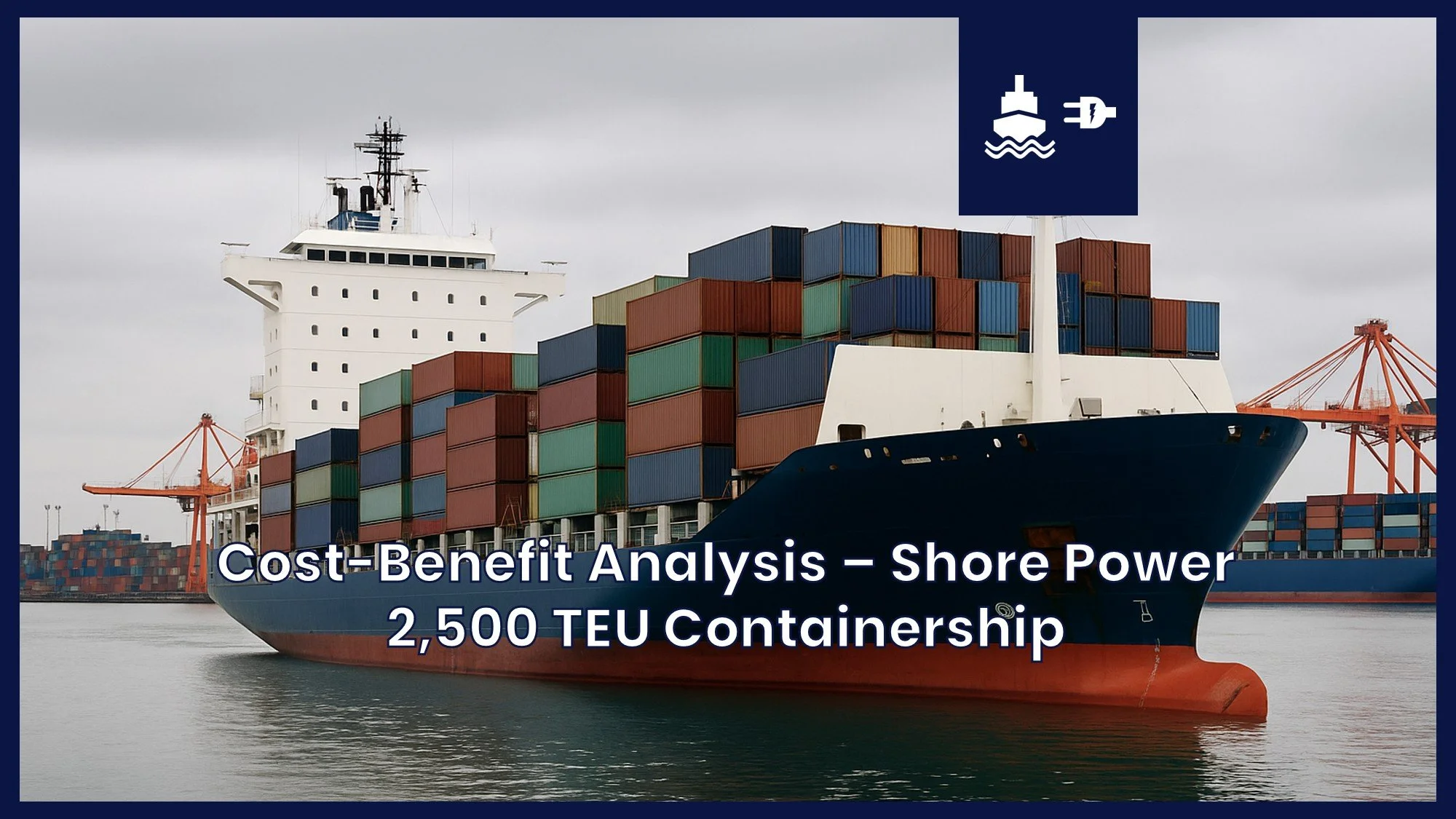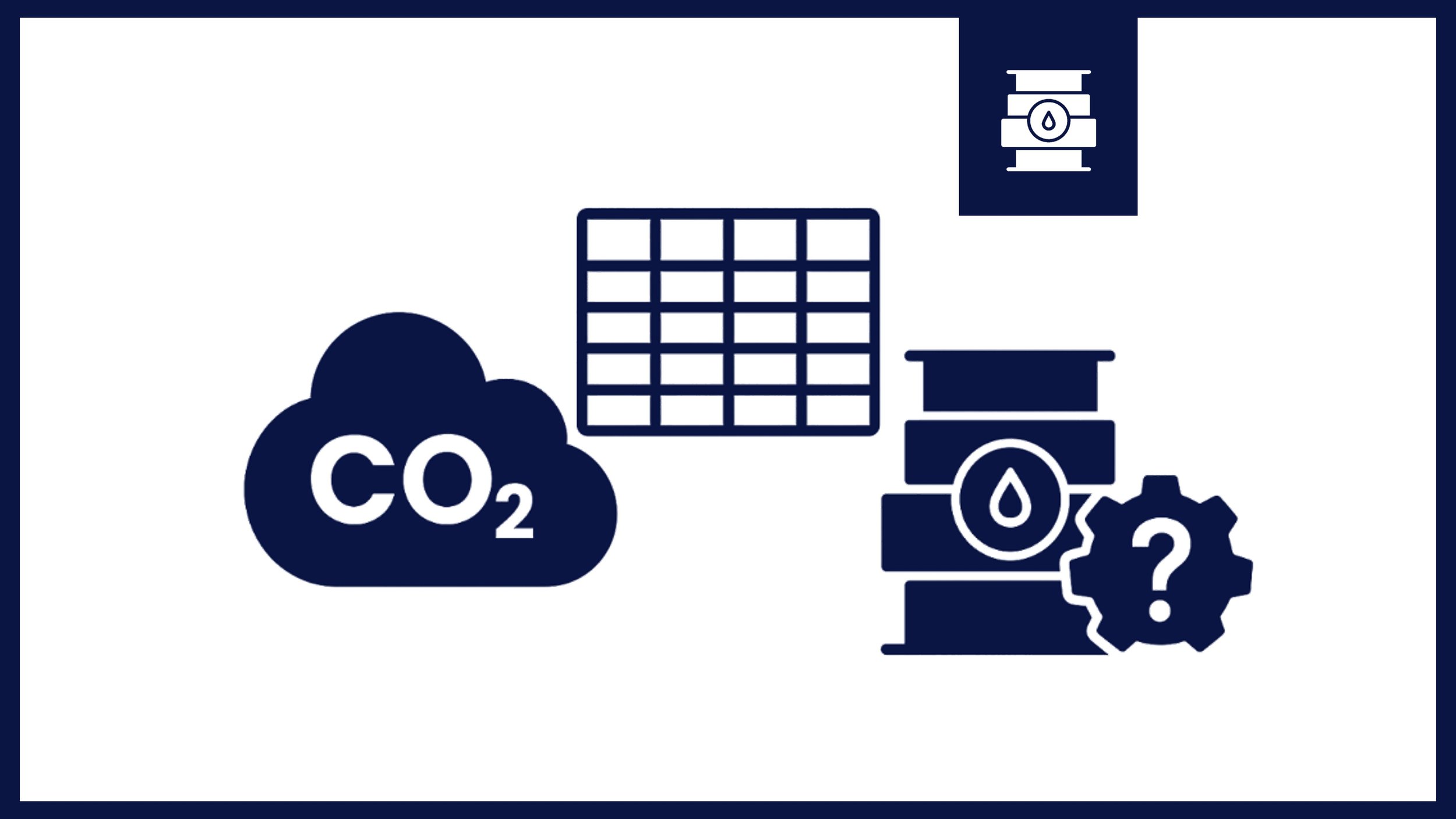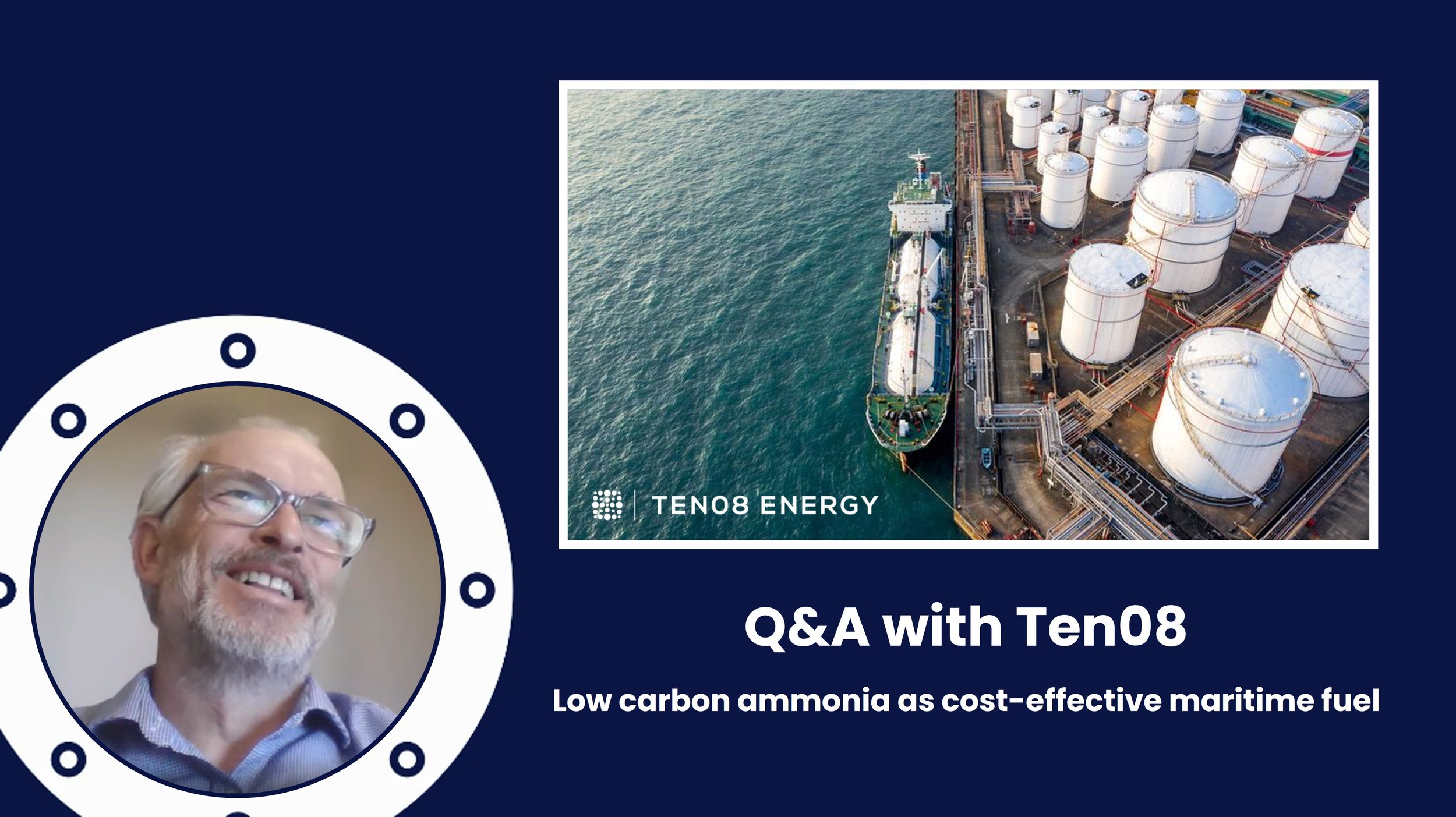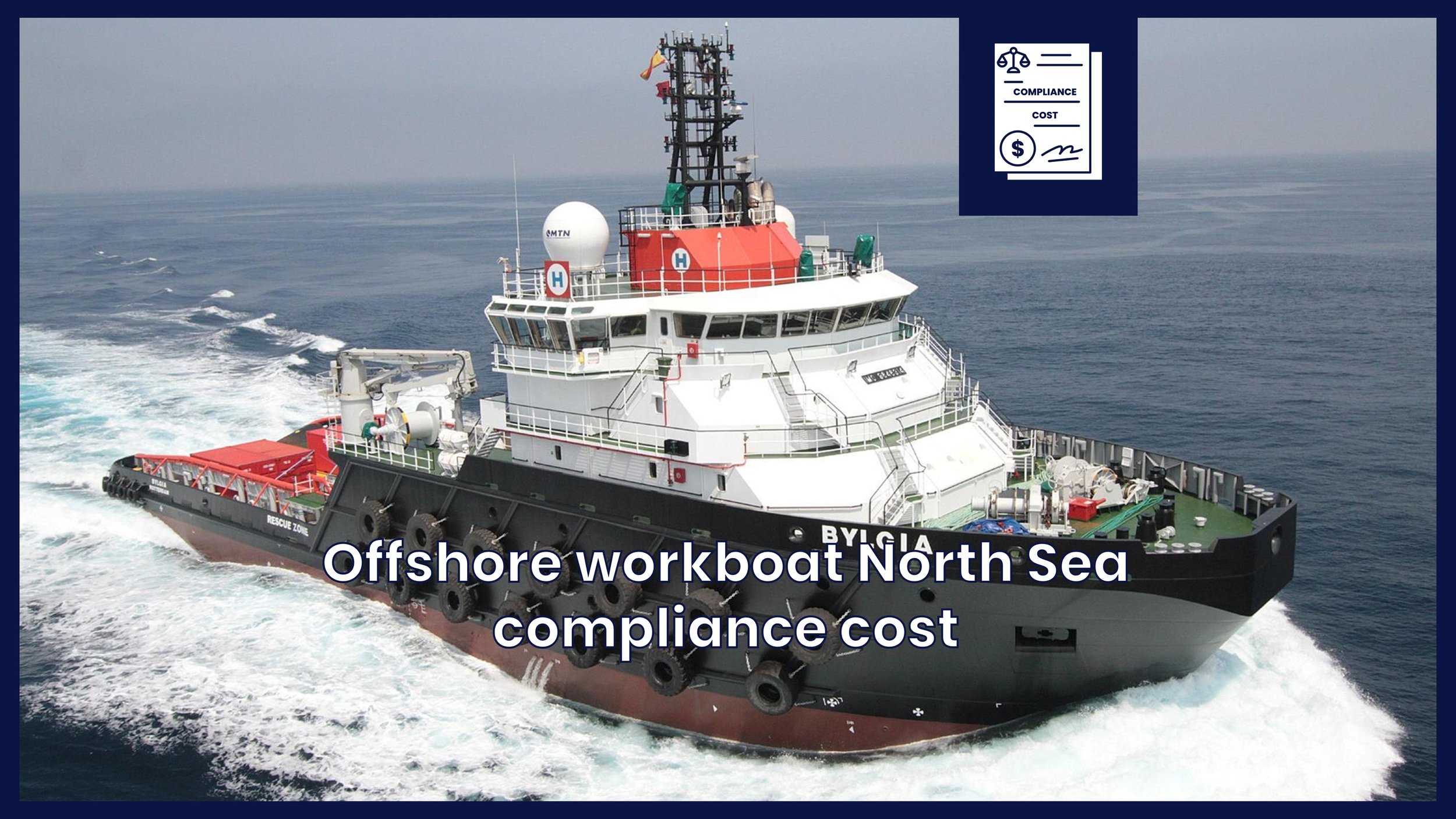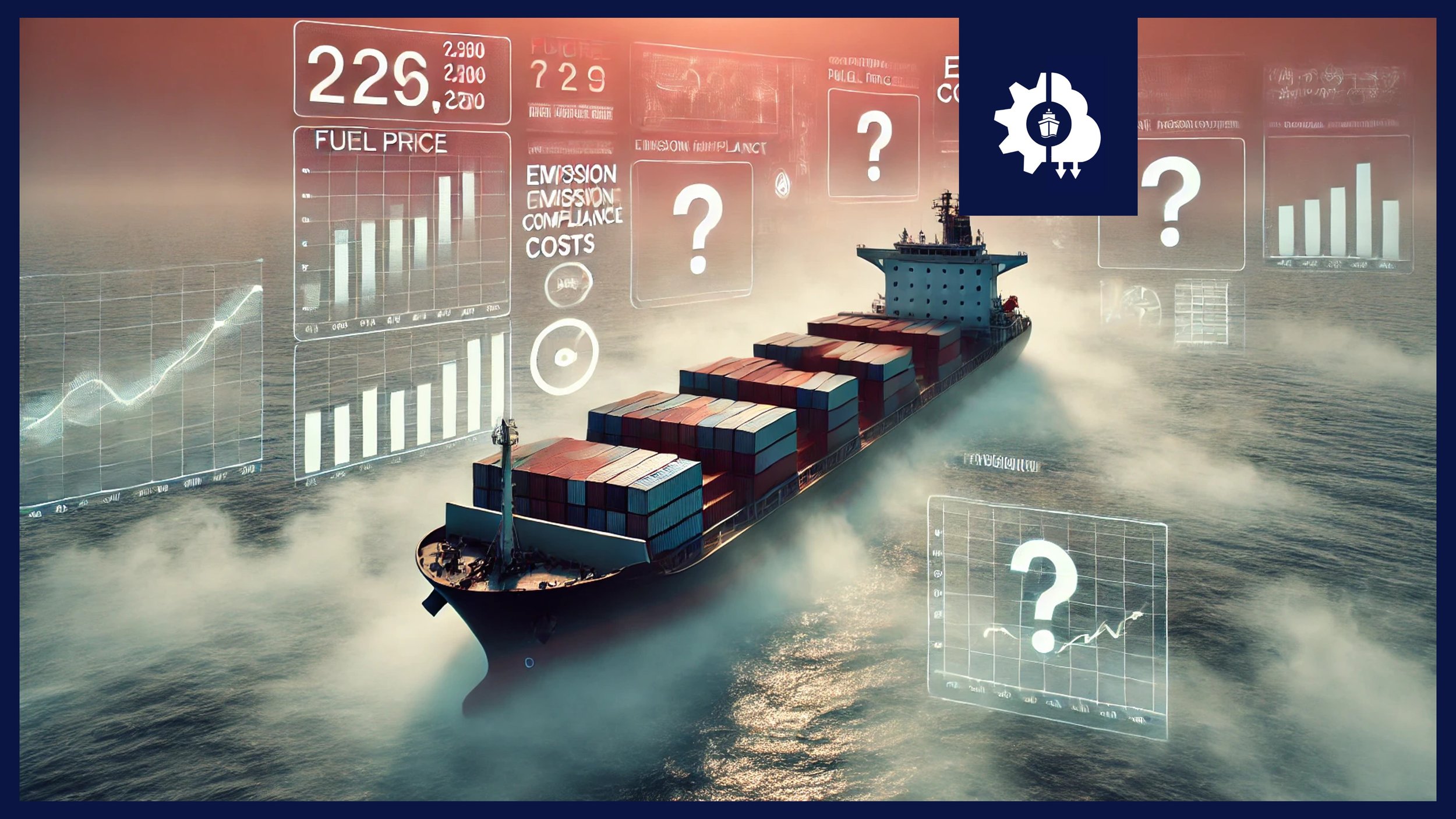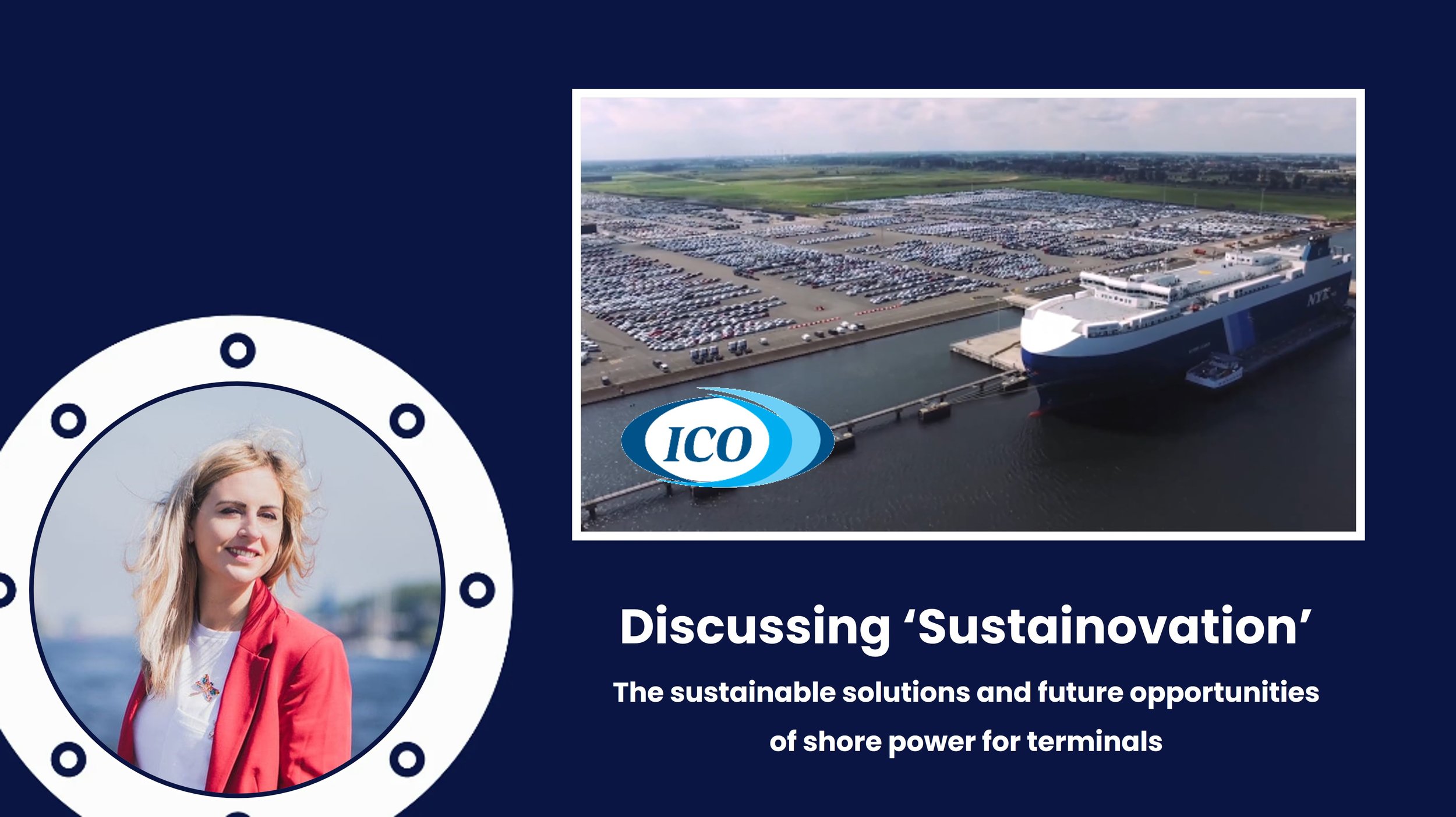Hapag-Lloyd
Hapag-Lloyd aims to be climate-neutral by 2045, and CO2-intensity (EEOI) of Hapag-Lloyd’s entire fleet is to be reduced by 30 percent by 2030 compared to 2019. Hapag-Lloyd participated in CDP rating for the first time in 2021 and received a “B” rating. They are still working on defining measures and projects for the implementation of the sustainability strategy.
Technology Focus - LNG, Biofuels, Operational Measures
Sustainability Report
About Hapag-Lloyd
Hapag-Lloyd aims to be climate-neutral by 2045, and CO2-intensity (EEOI) of Hapag-Lloyd’s entire fleet is to be reduced by 30 percent by 2030 compared to 2019. Hapag-Lloyd participated in CDP rating for the first time in 2021 and received a “B” rating.
Hapag-Lloyd’s sustainability strategy has three areas of focus: Clean shipping and future-proof propulsion, Diversity and society, Compliance and responsibility. They are still working on defining measures and projects for the implementation of the sustainability strategy.
Technology Focus
Over the medium term, Hapag-Lloyd will rely on more efficient and dual-fuel ships that can also bunker alternative, liquefied-fuel gases. They aim to use LNG engines equipped with a high-pressure gas injection system to minimize methane slip. Twelve dual-fuel vessels are currently being built, with a capacity of 23,500+ TEU each. In addition, they have been experimenting with biofuels since 2020, in particular FAME mixed with VLSFO in mixing ratios of 70:30 and 80:20.
Over the long-term, only zero-emission ships will be build. In order to make this a reality, Hapag-Lloyd focusses on biofuels or e-fuels (synthetic fuels), as well as the implementation of operational measures to boost efficiency such as improved planning, ship capacity and speed and route scheduling.
Shore Power
Little reference is made towards using shore power while moored except for those places where it is already mandatory. n California, 80% of the energy supply has had to be covered by onshore power since 2020, and from 2023, this figure will rise to 100%.
There has also been an obligation in place since 2019 in China for ships with the relevant infrastructure to use onshore power. In order to meet these requirements, we are gradually retrofitting our ships for the use of onshore power. In 2021, 11 of Hapag-Lloyd’s ships and ten charter ships were compatible with onshore power and operated on routes with Californian ports.
Partnerships
Hapag-Lloyd is part of the Global Maritime Forum’s Getting to Zero Coalition and is in close dialogue with clients and other stakeholders to achieve climate neutral shipping. They are a member of various associations, working groups and institutes, including the Clean Cargo Initiative, EcoTransIT World Initiative, Maritime Platform and many more.
Governance Structure
Sustainability is managed by the Sustainability Management department at Hapag-Lloyd. In October 2020, the department was transferred to the new Regulatory Affairs & Sustainability unit, which reports directly to the CEO. As part of the restructuring, Hapag-Lloyd’s sustainability management will be further strengthened and staff numbers will be expanded.
The Sustainability department informs the Sustainability Committee – which comprises divisional managers and regional representatives – about ongoing sustainability activities. The committee assists with efforts to identify sustainability opportunities and risks, promotes the sharing of information across divisions and is involved in coordinating sustainability-related measures. It reports directly to the Executive Committee, which the Executive Board is part of.
Frequently Asked Questions
-
Description text goes here








